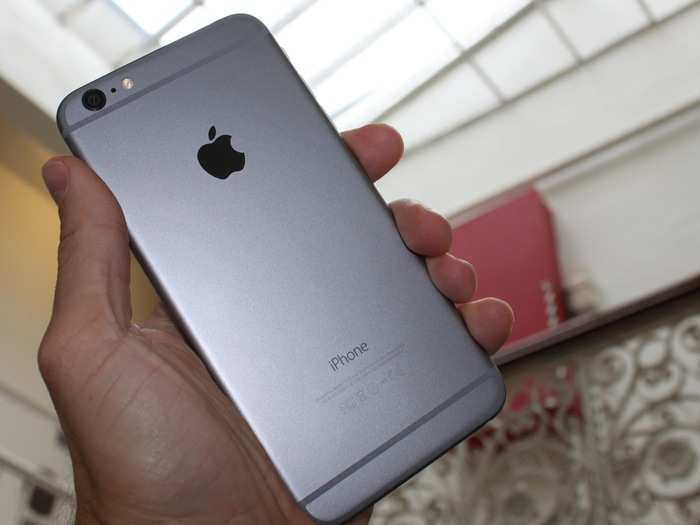The Most Important Things Everyone Should Consider Before Buying A Smartphone
First, choose a carrier.

How much do you want to pay?

Smartphones don't come cheap, but some are certainly more expensive than others. Across carriers, previous generation phones such as the iPhone 5s, HTC One M7, and LG G2 are generally on the cheaper side (around $99 on a two-year contract, sometimes less depending on the carrier). The new Moto X, which is an excellent phone, also falls into this price range.
Newer phones like the iPhone 6, HTC One M8, and Galaxy S5 will cost more (about $199.99 on a two-year contract), but if you're looking to save a few bucks the phones above will suit you just fine. Phablets (i.e. giant phones like the iPhone 6 Plus or Galaxy Note 4) start even higher at $299 on contract.
But, keep in mind, you'll be committing to a two-year contract at those prices. So even though the phones may not seem dated now, if you opt for a previous-generation phone it will be about 3 years old when you're in the second year of the contract.
How big do you want it?
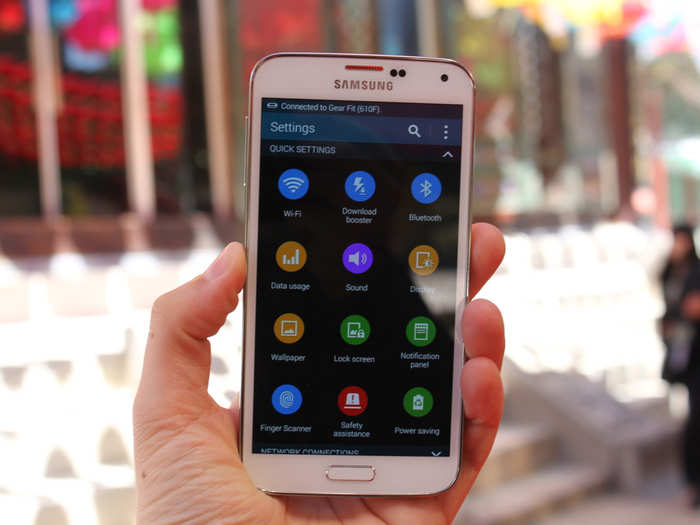
Screen size is another major factor you should consider when buying a phone. If you want something relatively small in the 4- to 4.7-inch range, check out the iPhone 5C, iPhone 5S, HTC One M7, iPhone 6, previous-generation Moto X, or Nokia Lumia 928.
There are more options when you branch into the 5- to 5.2-inch range. Many popular Android phones, such as the Samsung Galaxy S5, HTC One M8, LG G2, and Samsung Galaxy S4, fall into this category. While 5- to 5.2-inch phones may seem large if you're used to something tiny like the iPhone 4, they're still compact enough to use with one hand.
If you need a really big phone, you're limited to a few choices.
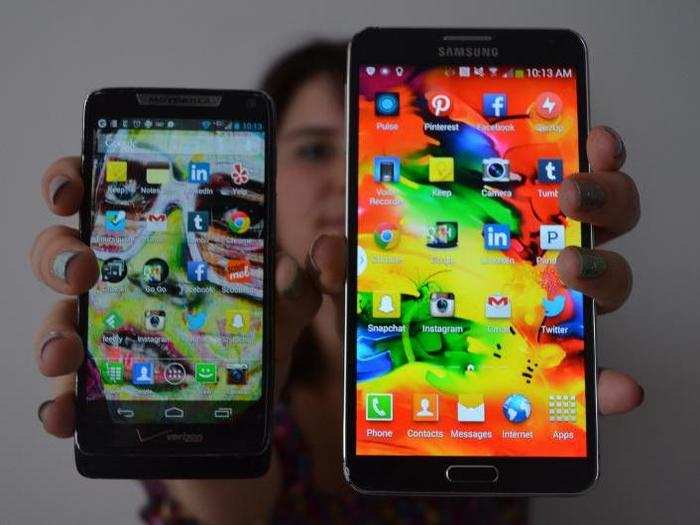
If you need a really big screen in the 5.5- to 5.7-inch range, your choices are limited to the Galaxy Note 4, Galaxy Note 3, iPhone 6 Plus, and LG G3. Samsung's Galaxy Note phones differ from Apple's and LG's in that they come with a stylus. Samsung's software is also utilized to take advantage of this stylus, which is worth keeping in mind.
Which platform do you prefer?
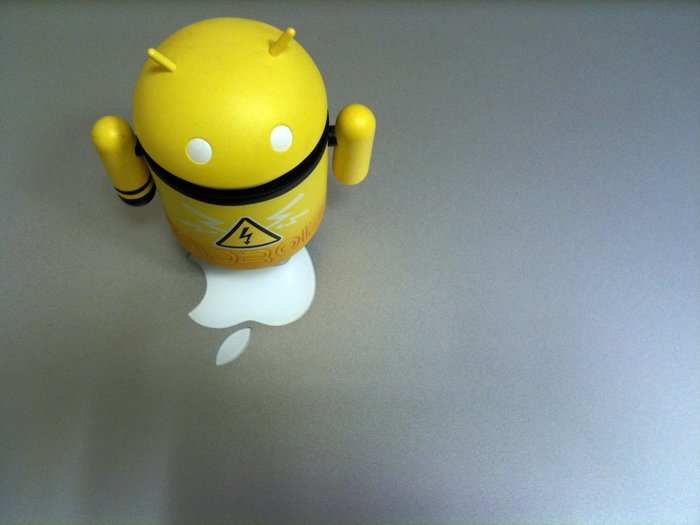
This is one of the most important questions you should ask yourself, mostly because the software largely dictates your experience using the phone. You can choose among iOS, Android, Windows Phone, and BlackBerry.
But there are a few things to consider before you do ...
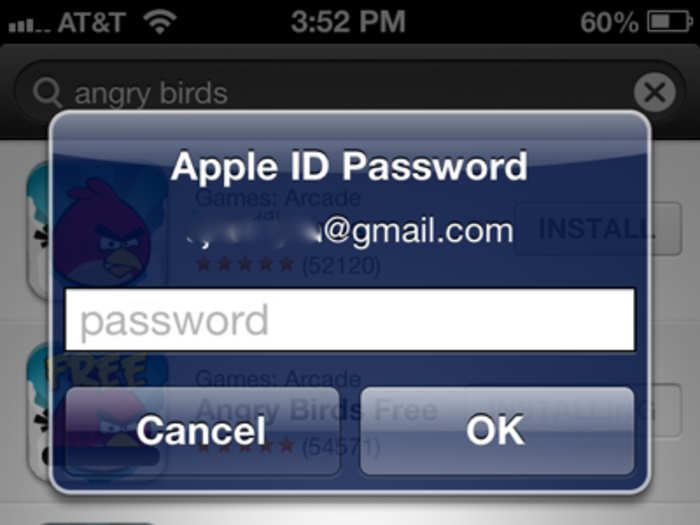
Android and iOS are the two most popular platforms, which means they have the biggest app selection and usually get the most popular apps before Windows Phone and BlackBerry.
iOS and Android are the two biggest mobile platforms.
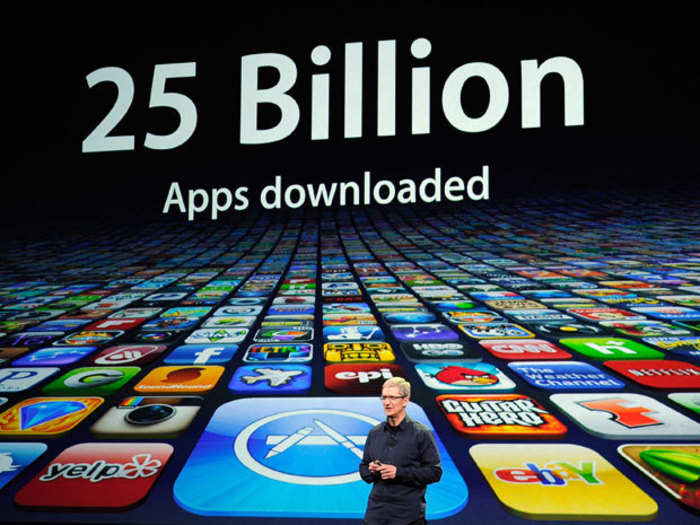
iOS has the simplest, most basic user interface of the four. Android allows for the most customization, offers the widest range of phones, and the interface slightly differs depending on which phone you use. If you want an Android phone with a basic user interface, consider the Moto X, Google's Nexus 5, or a Google Play Edition phone.
Windows Phone and BlackBerry are much different.
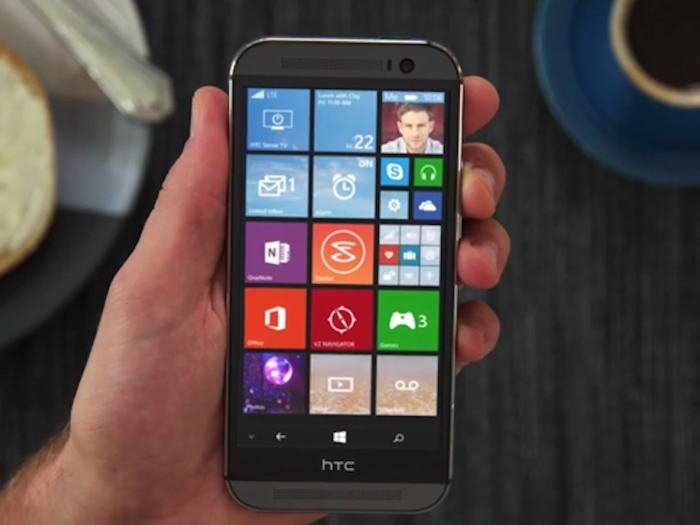
If you're planning to switch from an Android phone or the iPhone to a Windows Phone or BlackBerry phone, there might be a small learning curve.
The Windows Phone interface is probably the most unusual in terms of design. Rather than a standard grid or widget format, Windows Phone arranges content on your home screen in the form of Live Tiles, similar to Windows 8. But, as mentioned earlier, your app selection will be restricted since its a smaller platform.
BlackBerry 10 doesn't look that different compared to Android, but the way you interact with the operating system is different. To exit apps, for example, you swipe to dismiss them rather than tapping a Home button.
Do you care about replacing your battery?
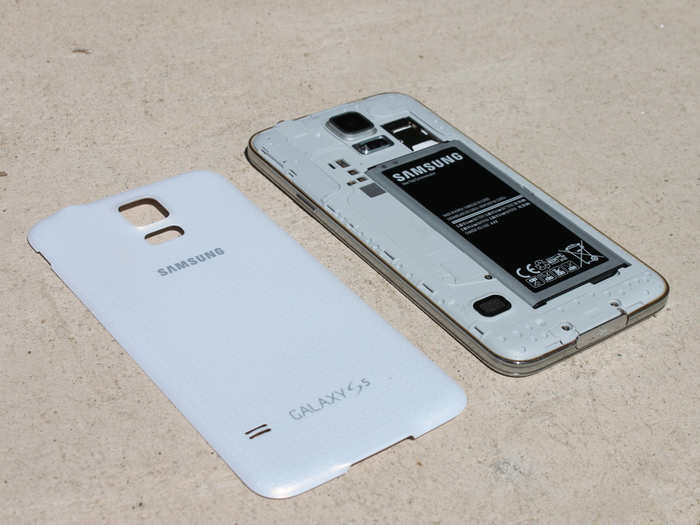
If you do, don't go with an iPhone or the HTC One. Both phones are made of aluminum and feature a unibody design, which means you can't remove the back to replace your battery.
Many phones from Samsung, LG, and Motorola allow you to remove the back, so you might want to check those out.
And then there are the special features ...
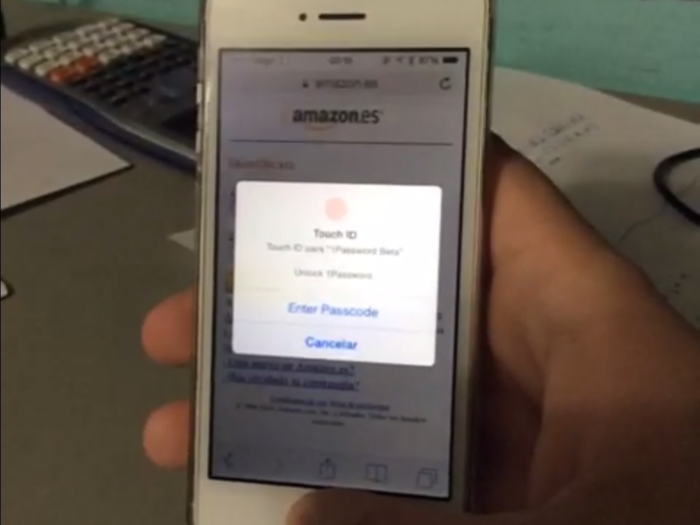
These features likely won't make or break your buying decision, but they're worth at least considering before you buy. The Galaxy S5 comes with a heart rate monitor, which means you can check your heartbeat anytime. The iPhone 5S, iPhone 6, and iPhone 6 Plus all come with a special second processor for measuring your steps.
The iPhone 5S, iPhone 6, iPhone 6 Plus, and Galaxy S5 each come with a fingerprint scanner built into the home button, so you can unlock your phone without typing in a passcode.
Phones like the Galaxy S5, Galaxy S5 Active, and Sony Xperia Z2 are all waterproof, too.
Popular Right Now
Popular Keywords
- India’s wearables market decline
- Vivo V40 Pro vs OnePlus 12R
- Nothing Phone (2a) Plus vs OnePlus Nord 4
- Upcoming smartphones launching in August
- Nothing Phone (2a) review
- Current Location in Google
- Hide Whatsapp Messages
- Phone is hacked or not
- Whatsapp Deleted Messages
- Download photos from Whatsapp
- Instagram Messages
- How to lock facebook profile
- Android 14
- Unfollowed on Instagram
Advertisement
